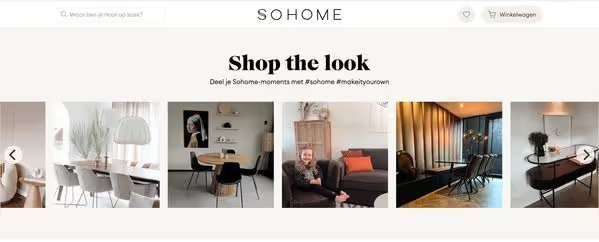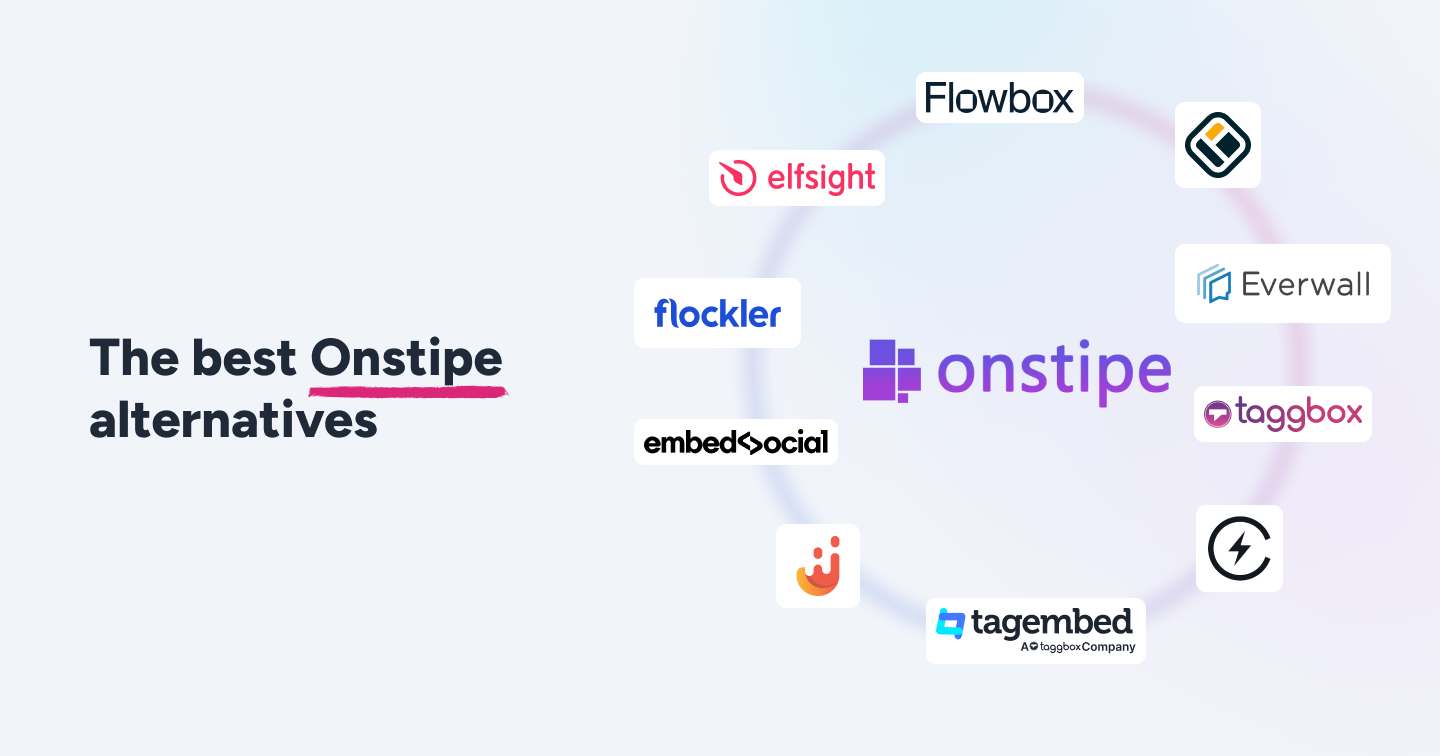Summary
- Consumer-generated marketing (CGM) includes authentic content like reviews, hashtags, contests, and influencer posts that build trust and expand a brand’s reach.
- Running contests and hashtag campaigns motivates customers to create content, boosting engagement and brand awareness.
- Showcasing customer reviews and shoppable Instagram galleries adds powerful social proof and helps influence purchase decisions.
- Collaborating with influencers or micro-influencers allows brands to tap into loyal communities while keeping costs manageable.

If you’ve been searching for something to buy online recently, the chances are that you’ve come across consumer-generated marketing. Online reviews, hashtag campaigns, and influencer content are everywhere.
Most of the consumer-generated marketing (CGM) content is produced by all of us quite naturally. We mention holiday destinations on Instagram, share event hashtags on X (formerly Twitter), and tell others about companies and brands we care about.
In addition to freely available consumer-generated content, paid influencer marketing has become even more popular through Instagram Stories and TikTok videos.

How should brands get started and how they can use consumer-generated marketing to their advantage?
In this article, we will show you five examples of consumer-generated marketing:
- Contests
- Customer feedback and reviews
- Shoppable Instagram galleries
- Hashtag campaigns
- Influencer marketing
1. Contests
One fantastic way of getting started with CGM is to organise hashtag contests and ask for submissions from your fans on social media.
If you can come up with a creative idea and something that resonates with your fans, contests spread in social media channels from one customer to another and reach new audiences simultaneously. Contests are an efficient way of increasing brand awareness and building engagement for your branded hashtag.
Opus Art Supplies‘ customer-generated art galleries are a brilliant example. On their webshop for artists and photographers, Opus Art Supplies organises competitions on different themes such as nature, national holidays, and hobbies. The contests run primarily on social media, and with Flockler, they embed Instagram feeds on the website to show their appreciation for the artists and community.

Not all of us are active on social media channels. Therefore, Opus Art Supplies has a submission form for anyone to participate. All submissions are stored for review before publishing in art galleries.

For more inspiration, check seven user-generated content campaign examples.
2. Customer feedback and reviews
You’ll find online reviews on most webshops, Google, and review websites like Tripadvisor and Trustpilot. These days it’s rare that you’d purchase something online without browsing through the latest feedback and star ratings. Feedback and reviews show the social proof and help you understand whether the product truly solves your problem.
In addition to standard reviews and star ratings, engaging customers in sharing product reviews with a hashtag is a perfect way to add social proof to your webshop. Also, one of the key advantages is that friends see consumer-generated content on social, and your products instantly reach new customers.
Intersport and ASICS understand the value of social proof for webshops. The joint consumer-generated marketing campaign invites influencers to share their running photos.

For more inspiration, learn how to social proof your website.
3. Shoppable Instagram galleries
During the past few years, social media channels have integrated social commerce as a seamless part of the experience. While scrolling through Instagram feeds, users can view and purchase brands’ products without leaving the app.
The most innovative brands have taken this a step further by combining consumer-generated marketing and embedding shoppable Instagram feeds on their webshops. For their customers, the shoppable Instagram galleries show how others are using the product in real life. That is, without question, the most powerful type of consumer-generated marketing.
Sohome is one of the webshops showing Instagram hashtag feeds on their webshop.

When you click any image or video in the UGC gallery, the popup shows the customer’s image and the related product.

For more inspiration, learn how webshops increase sales with user-generated content marketing.
4. Hashtag campaigns
Hashtag campaigns help companies raise awareness for an important topic and their branded hashtag. If your company hasn’t organised any campaigns before, spend some time choosing a memorable hashtag and not associated with anything else at the moment. The last thing you want is to get mixed up with another brand – let alone something controversial.
Often, you can use your brand name, but some of the best hashtag campaigns stand out from the crowd and touch consumers beyond your regular customers. Think of the iconic 'Just do it' and how Nike owns the phrase and aim for something creative and original for social media.
Feros Care’s 'Ask Gran not Google' is a brilliant example of a genuinely unique hashtag campaign. It encourages intergenerational connections, and on the landing page, they embed TikTok videos, Instagram hashtag mentions, and Facebook posts.

For more inspiration, check seven hashtag campaign examples.
5. Influencer marketing
When you mention 'influencer marketing' as one of the consumer-generated marketing types, you might need to be a bit more specific. Marketers have used influencers since the first newspapers and magazines were sold. Many companies create employee advocacy programs where colleagues are encouraged in sharing brand content on social media channels.
When it comes to consumers, influencer marketing campaigns on Instagram and TikTok often have international superstars and local celebrities – you typically need deep pockets when reaching out to them.
A more cost-effective alternative are micro-influencers that you can ask to share branded content in exchange for discount codes, products, or even cash.
The GoPro Awards campaign is one of the fantastic influencer marketing examples. They ask superstars and regular customers to share their best images and videos and then highlight the best entries on the Instagram gallery.

As you’ve seen in the five examples above, the advantages of consumer-generated marketing are clear. CGM campaigns help raise brand awareness, reach new audiences, and increase conversions.
Does your company show consumer-generated marketing on websites, apps, and display screens? Sign up for Flockler’s 14-Day Free Trial today, and embed CGM on any digital service.
FAQs
What is customer-generated marketing with an example?
Customer-generated marketing (CGM) uses content created by your customers to promote your brand. Customer-generated content includes reviews, social media posts, or contest submissions. For example, Opus Art Supplies runs art contests where customers share creations on social media.
What types of content qualify as consumer-generated marketing?
Consumer-generated marketing includes content created by your audience or customers, such as social media posts, product reviews, photos, videos, or hashtags. It also includes influencer-created content and employee advocacy campaigns that highlight authentic experiences with your brand.
How can small businesses get started with consumer-generated marketing (CGM)?
Small businesses can start with simple strategies like running hashtag contests, collecting customer reviews, or encouraging user-generated content. With Flockler, display this authentic and genuine content on websites to boost engagement and conversions.






